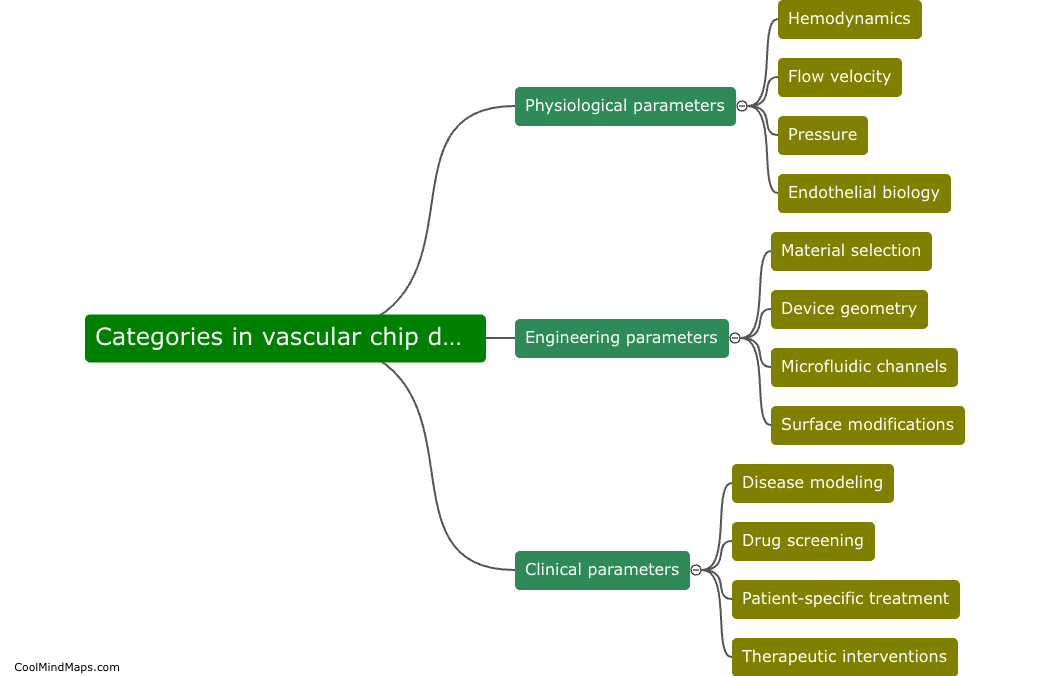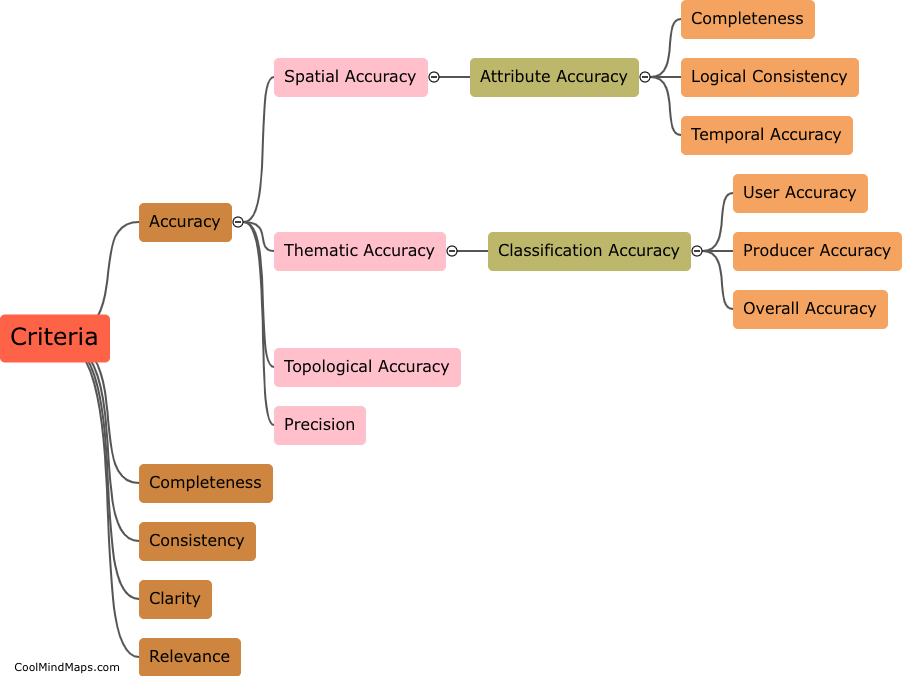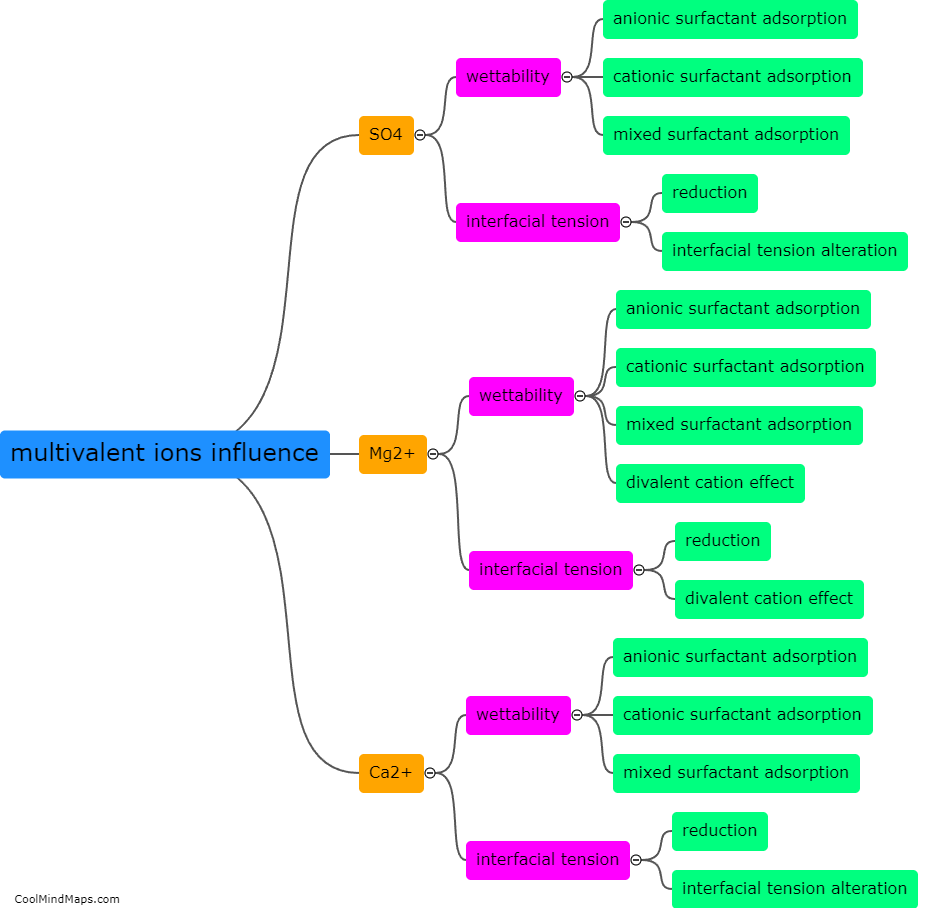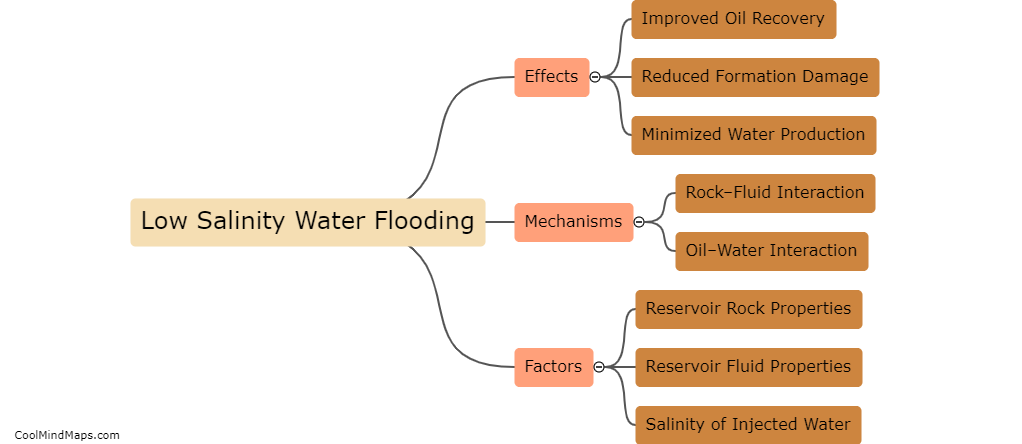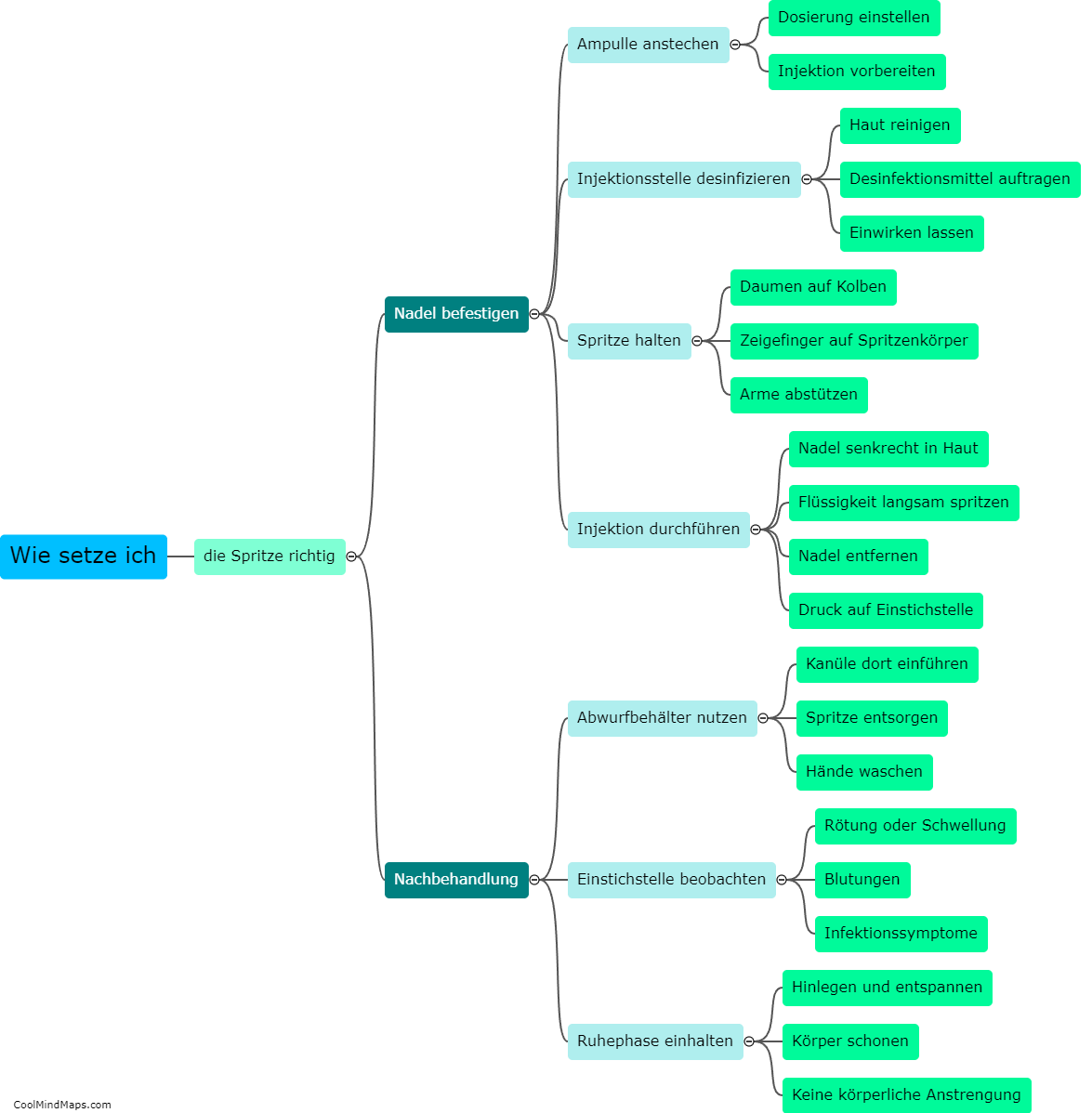Advantages of low salinity water flooding
Low salinity water flooding is a technique used in the oil industry to improve oil recovery rates. This method involves injecting water with a lower salt content into oil reservoirs, instead of using traditional methods that involve high salinity water. There are several advantages to low salinity water flooding. Firstly, it leads to higher displacement efficiency, as the lower salinity water interacts better with the reservoir rocks, reducing the oil's viscosity and improving its mobility. This allows for a higher percentage of the initial oil in place to be recovered. Secondly, low salinity water flooding reduces the formation damage that high salinity water can cause to the reservoir rocks. As a result, it helps maintain the permeability of the rock matrix, allowing for a more efficient flow of oil. Additionally, using low salinity water reduces the cost and environmental impact associated with treating and disposing of high salinity produced water. Overall, low salinity water flooding is an advantageous technique that can significantly improve oil recovery rates while minimizing costs and environmental concerns.

This mind map was published on 15 December 2023 and has been viewed 99 times.
